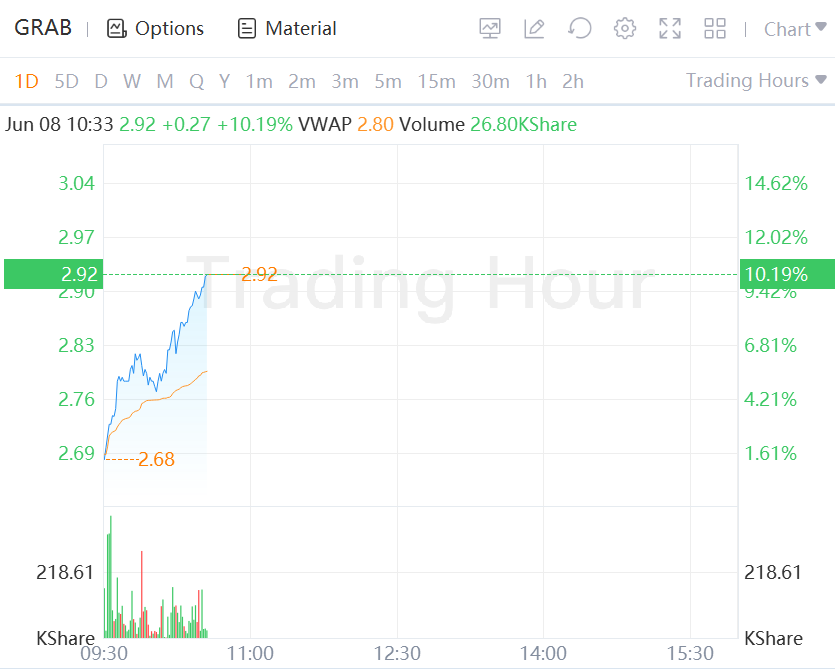Grab Stock Surges 10% in Morning Trading.
GRAB is launching a new enterprise service, GrabMaps, as it seeks to tap the US$1 billion mapping and location-based services market in South-east Asia.
The mapping and location services GrabMaps provide include routing, estimated time of arrival, distance and points of interest.
“Commercialising this technology is another step forward for our young but fast-growing Enterprise and New Initiatives business,” said Tan Hooi Ling, co-founder, Grab.
The superapp is aiming to be self-sufficient with its mapping service by Q3 2022, with GrabMaps currently providing location-based services to all Grab verticals in 7 out of 8 countries. Grab is not using GrabMaps in Indonesia.
Grab is still utilising OpenStreetMap as its base layer map via an Open Database Licence. Back in December 2018, Grab ran into issues with OpenStreetMap due to a lack of attribution and edits its team was making, according to a media report by TechCrunch.
Real-time feedback and contributions add to GrabMaps’ data, with drivers and riders able to contribute to maps, points of interests, street imagery, names and traffic signs for additional income. Currently, only high-performing drivers and riders have been allocated such opportunities.
The GrabMaps offering for enterprises has base map data which includes point of interest, road and traffic, and imagery data. Toll gantries, speed limits, turn restrictions and high-resolution street level imagery are part of the offering.
There is also a software-as-a-service offering for companies to build their own maps, including Kartacam, a proprietary map-making camera. The camera is more than 10 times cheaper than alternative cameras, according to Grab. Application programming interface, or a protocol to pull data, and mobile software development kits are planned for launch later in 2022 and 2023 respectively.
Grab claims that its location offering is for developers looking for flexibility that current providers lack and companies needing hyperlocal maps. There are some early partners lined up for GrabMaps, and will be competitively priced.
Grab claims that its location offerings have 4 times lower error rate and 10 times lower latency compared with a leading third-party provider. Ease of finding the right point of interest for transport bookings improved by 3 percentage points on average, while estimated travel time accuracy has improved by 1 percentage point regionally, with some countries improving by up to 7.8 percentage points.
“We’ve invested to turn this intelligence into a competitive advantage, allowing us to serve our users and partners with a great experience, at the same time driving efficiency and cost savings for the business,” said Tan.

Comments